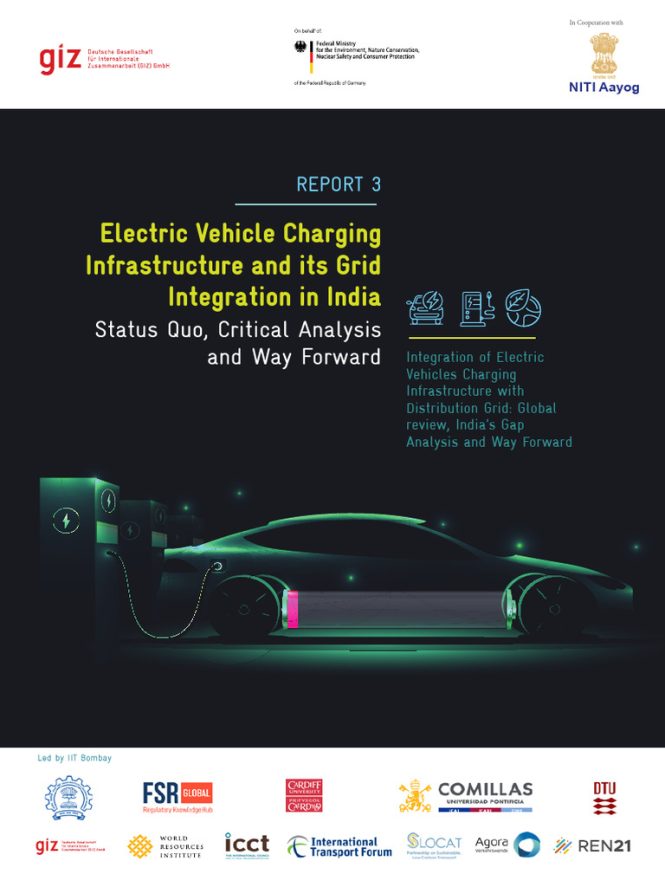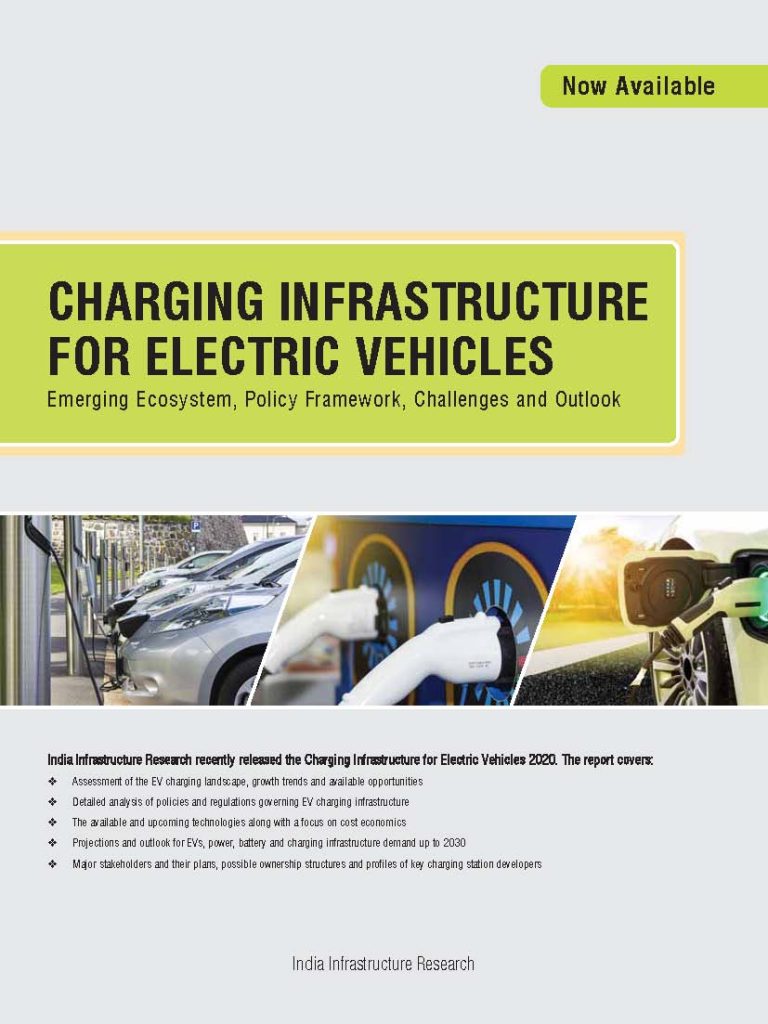

Analyzing charging infrastructure developments for electric vehicles is paramount for the widespread adoption of this sustainable transportation technology. With growing concerns about environmental impact and energy security, the availability and accessibility of reliable charging infrastructure are essential for the mass market to embrace EVs. This analysis explores the current landscape, identifies key challenges, and proposes solutions for enhancing charging infrastructure development. We will explore challenges like standardization, investment strategies, and public-private partnerships. We’ll also examine the role of government policy in shaping this crucial sector. Finally, we’ll outline some key takeaways and actionable insights for stakeholders.
The Importance of Charging Infrastructure in EV Adoption
Defining the Current Landscape
Electric vehicles (EVs) are rapidly gaining traction, promising a sustainable future for transportation. However, the widespread adoption of EVs hinges on the availability and reliability of charging infrastructure. A robust network of charging stations, accessible across various locations, is essential to build consumer trust. Without adequate charging options, concerns about range anxiety and charging convenience significantly hinder mainstream EV adoption. Lack of reliable charging access can be a significant barrier to adoption, deterring potential buyers and discouraging widespread use.
The Challenges and Opportunities
The development of charging infrastructure for electric vehicles faces several key challenges. Geographic disparities in charging station availability can create uneven access to EV ownership. Current charging infrastructure is sometimes insufficient to meet the growing demand. Different types of charging standards create interoperability issues, adding to user frustration and potentially increasing costs. High upfront investment costs can also deter private sector investment, potentially leading to a fragmented charging network.
Standardization and Interoperability
Related Post : Understanding New EV Regulations Impacting Your Business Fleet.
The Need for Uniformity
Standardization is essential for creating seamless charging experiences for EV drivers. The current lack of standardized charging protocols creates confusion for users and hinders the growth of the EV market. Different charging standards impede interoperability, which is essential for the convenience of EV drivers. Without a uniform system, the charging experience can be problematic and costly, possibly limiting the widespread adoption of EVs.
Case Studies and Best Practices
Several countries and regions have adopted or are working towards implementing standards for electric vehicle charging infrastructure. These best practices could be adopted to create a common charging infrastructure standard. Examples of standardization success stories could be reviewed for implementation strategies. Researching solutions that have been successful in other regions can provide valuable insights into creating a viable, standardized charging infrastructure.
Public-Private Partnerships and Funding Models
Strategic Alliances
Public-private partnerships are crucial for mobilizing the necessary resources and expertise to rapidly expand charging infrastructure. By combining public funding with private sector investment, a more efficient and comprehensive approach can be achieved. Public-private partnerships can support the development of a robust network of charging stations. Synergies can be created to boost investment in infrastructure development, and this collaboration can also leverage existing networks.
Investment Incentives
To incentivize investment in charging infrastructure, governments can explore various policy options. Tax incentives, subsidies, and grants can be used to attract private sector participation. Offering financial assistance to charging station developers can encourage investment and infrastructure development. Providing clear guidelines on eligibility criteria, grant amounts, and project requirements will be essential to ensure a smooth and efficient process.
Government Policies and Regulatory Frameworks
Policy Recommendations
To support the development of charging infrastructure, governments can implement supportive policies and regulations. This should include regulations aimed at reducing permitting and approval times for charging station installation. Streamlined approval processes can accelerate deployment across the country. This can make a real difference in the speed of infrastructure development and ultimately in how EV drivers perceive adoption.
Case Studies
Several countries have implemented successful policies to encourage electric vehicle adoption. Analyzing these case studies is crucial for formulating effective policies for charging infrastructure development. Examining their regulatory frameworks, incentives, and enforcement mechanisms can offer valuable insights for other nations.
Future Trends and Predictions
Emerging Technologies
The future of charging infrastructure likely involves incorporating emerging technologies, such as faster charging speeds, smart charging networks, and the integration of renewable energy sources. The development of even faster charging times will reduce the total charging time, potentially enhancing customer acceptance and adoption. Further research and innovation into advanced charging technologies will be crucial for addressing the challenges of future growth.
Adapting to Future Needs
Predicting future EV adoption rates and charging demands is essential for effective infrastructure planning. Flexible and adaptable infrastructure is necessary to meet the changing needs of the EV market. Future-proofing the charging infrastructure will be crucial for sustained growth, and the development of more efficient charging technology will accelerate this growth.
Analyzing charging infrastructure developments for electric vehicles is crucial for the widespread adoption of EVs. This analysis has highlighted the importance of addressing key challenges, such as standardization, financing, and public-private partnerships. Continued investment in robust charging networks, coupled with supportive government policies, is essential for accelerating the transition to a sustainable transportation future. To encourage broader EV adoption, a strong commitment from both public and private sectors is required, alongside further research and innovation. For individuals, understanding charging infrastructure availability and accessibility is crucial for confidently integrating EVs into their lives. By addressing the key challenges identified, we can foster a more accessible and sustainable EV ecosystem for everyone.